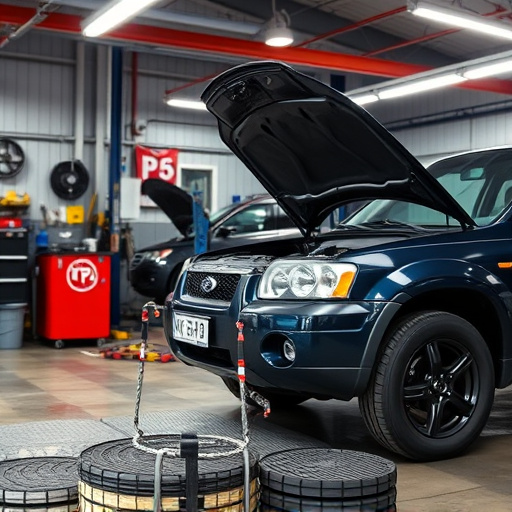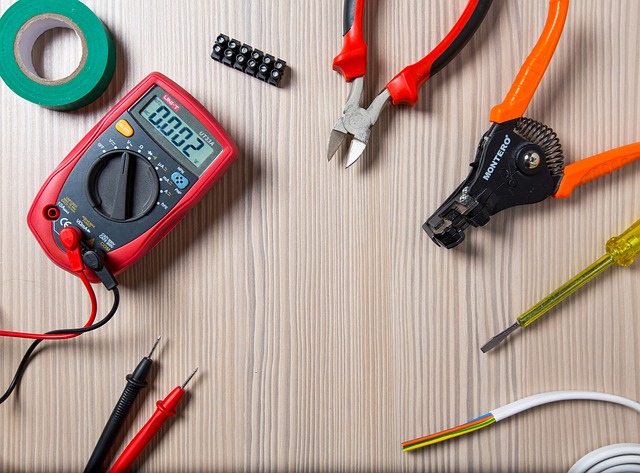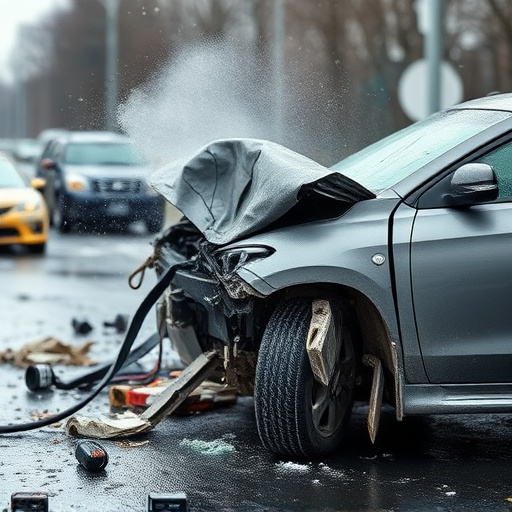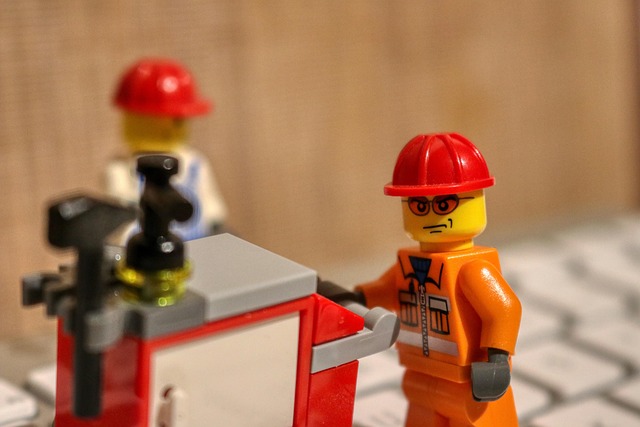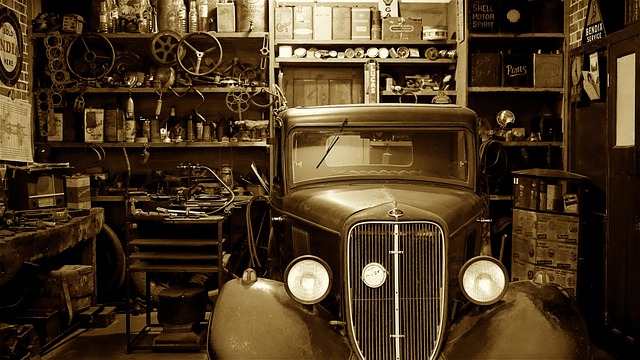The Mercedes HUD projects driving info onto the windshield, enhancing safety. Calibration is vital for optimal performance, especially after window tinting. Tinting can disrupt display alignment, leading to inaccurate data. Post-tinting, use professional calibration to ensure accurate speed & navigation readings. Regular maintenance, including HUD calibration, keeps your Mercedes running smoothly.
After tinting your Mercedes windows, you might notice a decrease in the accuracy of the vehicle’s head-up display (HUD). This is due to changes in light conditions caused by the tinted glass. This article guides you through the process of calibrating your Mercedes HUD to ensure optimal performance. We’ll explore the importance of maintaining accurate HUD readings and provide a step-by-step calibration guide, ensuring your Mercedes’ advanced technology functions flawlessly after tinting jobs.
- Understanding Mercedes Head-Up Display and Its Functionality
- The Impact of Glass Tinting on Head-Up Display Accuracy
- Step-by-Step Guide to Calibrating Your Mercedes Head-Up Display After Tinting
Understanding Mercedes Head-Up Display and Its Functionality

The Mercedes Head-Up Display (HUD) is a cutting-edge technology feature that projects essential driving information onto the driver’s line of sight, enhancing safety and convenience. This innovative system superimposes digital data onto the windshield, allowing drivers to access critical details like speed, navigation instructions, and vehicle diagnostics without taking their eyes off the road. It’s a seamless integration of modern automotive engineering and driver assistance systems, making Mercedes vehicles stand out in the market for their advanced infotainment and safety features.
Proper calibration is key to ensuring the Mercedes HUD functions optimally, especially after modifications like glass tinting jobs. These changes can affect the display’s clarity and positioning, leading to potential misalignment of the projected images. Therefore, calibrating the HUD ensures that drivers receive accurate and easily readable information, enhancing their overall driving experience. This process involves precise adjustments to the display’s settings, ensuring it aligns perfectly with the driver’s line of sight and vehicle sensors, making it crucial for car paint services, auto collision repair, or any post-modification setup involving car body restoration.
The Impact of Glass Tinting on Head-Up Display Accuracy

Glass tinting is a popular automotive upgrade, enhancing privacy and reducing glare. However, it can significantly impact the accuracy of a Mercedes head-up display (HUD). The HUD projects critical driving information onto the windshield, relying on precise alignment with the vehicle’s optics. Darkly tinted glass can alter this alignment, causing discrepancies in the displayed data, such as incorrect speed readings or misaligned navigation directions.
After a tint job, it’s crucial to have a professional Mercedes head-up display calibration to ensure optimal performance. This process adjusts the HUD settings to compensate for any optical changes caused by the tinted glass, ensuring that drivers receive accurate and reliable information essential for safe operation of their vehicle, much like how auto dent repair professionals address and rectify visual disturbances in a car’s body after an accident.
Step-by-Step Guide to Calibrating Your Mercedes Head-Up Display After Tinting

After tinting your Mercedes windows, proper calibration of the head-up display (HUD) is crucial to ensure optimal visibility and safety while driving. Here’s a step-by-step guide to help you through this process:
1. Power On Your Vehicle: Start your Mercedes and let it warm up slightly. Ensure all electronic systems are fully operational, including the HUD.
2. Access the Calibration Menu: Navigate through your vehicle’s infotainment system to find the settings menu for the HUD. This might be under a section labeled “Display” or “Head-Up Display.” Look for an option that mentions calibration or setup.
3. Execute Auto Calibration: Most modern Mercedes vehicles have an auto-calibration feature. Select this option, and the HUD will use sensors to adjust itself according to your tinted windows. Follow any on-screen prompts carefully.
4. Manual Adjustment (if needed): If auto-calibration doesn’t produce satisfactory results, you can manually fine-tune the display. This typically involves adjusting the brightness, contrast, and positioning of the virtual images. Be sure to consult your vehicle’s owner’s manual for specific instructions.
5. Test Drive: After calibration, take a short test drive to ensure that the HUD is functioning correctly in all lighting conditions. Make note of any persistent issues that might require further adjustment or professional help from an auto repair shop if needed. Remember, regular vehicle maintenance and auto frame repair are essential for keeping your Mercedes in top condition.
After tinting your Mercedes glass, ensuring proper Mercedes head-up display calibration is crucial for maintaining optimal performance. The process involves a simple step-by-step guide that can be completed in no time. By calibrating your display, you ensure accurate information projection and enhance your driving experience. Remember, regular checks and adjustments are key to keeping your Mercedes’ advanced technology functioning at its best.


